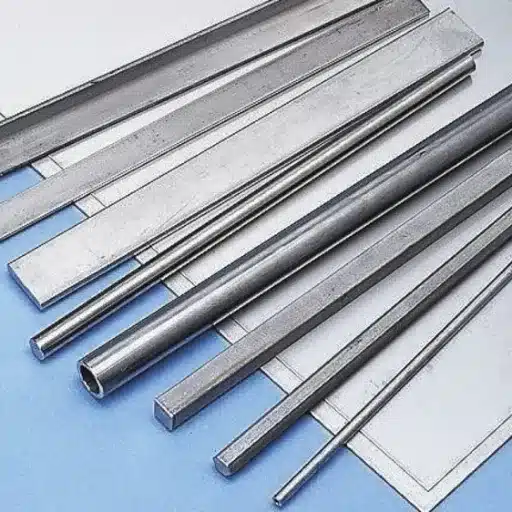Determining steel hardness means determining its durability and whether or not a certain performance-type application can be used to classify the various types of steel. From the different grades of stainless steel such as 304 and 316, and the various hardness measuring systems such as Rockwell, understanding these concepts would grant one insight into the role steel plays in manufacturing or construction industries and how it goes beyond. Having taken into consideration these complexities of steel hardness, this guide weighs the properties of different alloys and the exact science behind the hardness testing methods. Questions relating to how tougher steel is used on a commercial basis, or attempting to understand the jargons involved may be solved herein.
Introduction to Stainless Steel
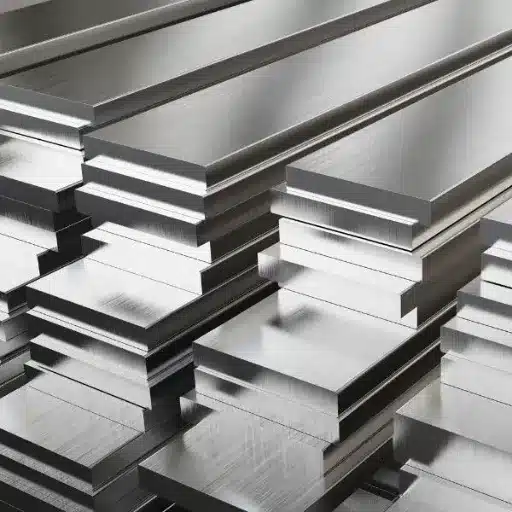
I find that steel’s toughness and hardness must be very important in order to apply them practically. The method used to test these properties of steel, for example, using the Rockwell scale, has a bearing on its use in construction, manufacturing, and so on. Once these concepts are broken down, it becomes easy to understand how different alloys behave and why certain steels are chosen for specific applications.
Applications of Stainless Steel
Thanks to its myriad capabilities and unique features, stainless steel truly finds itself receiving demand for multiple uses. One very prominent use is in construction industries where it is used in structural applications, cladding, and reinforcements because of its corrosion resistance and aesthetic quality. In fact, one may also cite the Chrysler Building of New York City and the Angel of the North sculpture of England wherein stainless steel forms one of the main materials.
Stainless steel in automotive and transportation applications is primarily employed for exhaust systems, fuel tanks, and structural components, making it well suited for strength and durability under adverse conditions. Stainless steel was, therefore, lately also renowned for being a great contender for electric vehicles with respect to fuel efficiency and sustainability. Data from recent times even suggested that stainless steel constitutes about 10% of the total raw materials used in producing modern vehicles worldwide.
Importance of Understanding Hardness
The knowledge of hardness of materials, which include stainless steel, is very important to selection or design of components that would meet specific performance requirements. Hardness measures the ability of a material to resist deformation, wear, and abrasion, which results in affecting far and near the life span and proper operation of the application that the material is used in. In the construction industry, for example, a stainless steel with greater hardness will generally be utilized for structural reinforcements as it performs better in load bearing.
Key Insight: According to recent studies, stainless steel hardness ranges approximately between 150 and 600 HV (Vickers Hardness), depending on grade and heat treatment. Hardness tests such as Rockwell, Brinell, and Vickers are usually applied to ensure that the desired stainless steel specification is met. For example, grades such as 304 and 316 are less hard but are used where corrosion resistance is important; martensitic grades 410 and 420, on the other hand, are hard enough to be used for tool and cutting purposes.
Understanding Hardness in Stainless Steel

The hardness of stainless steel varies greatly depending on grades and heat treatment, ranging anywhere between the maximum of, say, maybe 150 and approximately 600 HV. The softer grades, such as 304 and 316, emphasize corrosion resistance, whereas the harder martensitic grades such as 410 and 420 earn their keep in the building of tools and cutting instruments.
Hardness in Steel: Importance
The hardness becomes a vital ingredient, endowing steel with durability, wear resistance, and overall suitability for various industries. It measures a material’s resistance to deformation, scratching, or cutting and thus makes it an essential component in industries where longevity and reliability are insisted upon. For instance, being hardened, steel used in tools or components of machinery is capable of withstanding extended usage under heavy working conditions without much wearing, rather promoting efficiency and reducing the costs of maintenance.
Modern Developments: In modern days, the developments in steel metallurgy are aimed towards attaining the right hardness without impairing other properties such as toughness and ductility. Recent research has shown that heat-treated stainless steels, namely martensitic grades, can be hardened up to 60 HRC (Rockwell Hardness Scale), making them exclusive for use in cutting tools and precision instruments. Similarly, in the automotive industry, modified high-strength steels have slightly improved fatigue strength by 30 percent owing to good hardness, allowing better light design and good fuel economy.
Common Hardness Scales
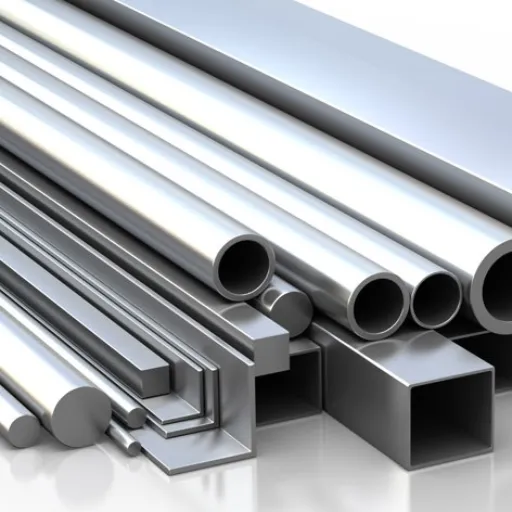
Rockwell Hardness Test
Rockwell is a very common hardness test method based on a depth of penetration of a hard steel ball under a given load of force. It is usually measured on the HRC scale for hard steel or the HRB scale for soft steel. A tool steel would typically be measured on the HRC scale, with hardness ranges of 58 to 65 HRC, indicating that such steels resist wear and deformation to an exceptionally high degree.
Brinell Hardness Test
Brinell hardness is best suited for testing materials that possess a coarse structure or have non-homogeneous properties such as castings or forgings. The method consists of using a steel ball or a tungsten carbide ball that is pressed into the surface of the material under examination standard force. The BHN value is determined by dividing the applied force by the surface area of the indentation. For example, structural steel typically holds a BHN of between 120 and 200, while tool steels can go beyond 600 BHN, depending on the treatment.
Vickers Hardness Test
The Vickers hardness test has almost unlimited application and accuracy. Diamond-shaped pyramidal indenters are forced under a known load, and the size of the indentation gives an indication of hardness. Since it is often used for thin materials or coatings, the Vickers hardness number (VHN) can vary greatly; for example, high-strength alloys or ceramics might obtain VHNs in the thousands, indicating highly wear-resistant and durable materials.
Types of Stainless Steel and Their Hardness
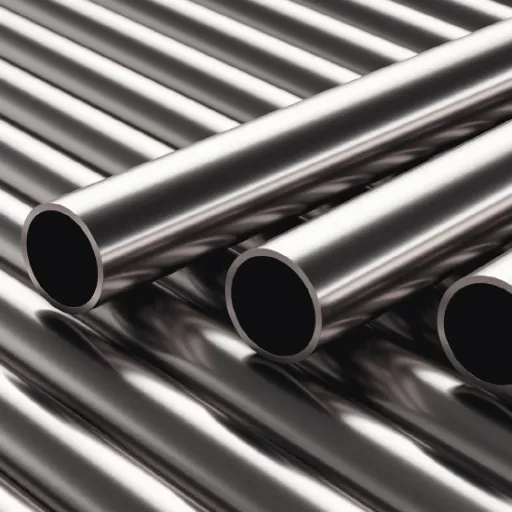
The hardness of stainless steel varies with its type. Thus, martensitic steels are generally harder, exhibiting high VHNs, and are thus selected for applications requiring wear resistance. On the contrary, austenitic stainless steels, though softer, usually possess good corrosion resistance and are more ductile.
304 Stainless Steel: Hardness and Properties
Among stainless steels, 304 grade is widely used owing to its superb corrosion resistance and durability, plus its flexibility in application. Being of the austenitic stainless steel type, with roughly 18% chromium and 8% nickel, it gains an increased resistance against oxidation in different corrosive atmospheres. It also possesses good formability and weldability, making it well-appreciated even for household purposes.
Technical Specifications: 300 series Stainless Steel sometimes is said to be of hardness in the range of 70-90 on the Brinell Hardness scale (HB) while annealed. The tensile strength ranges mostly about 515 MPa with a lower yield of nearly 205 MPa. This material can also be cold worked to develop its strengths, and increase its hardness, with excessive strain hardening being induced by techniques like rolling and drawing.
420 Stainless Steel and More
420 stainless steel is a high carbon-range martensitic stainless steel distinguished for its maximum hardness and highest levels of wear resistance. It is widely utilized in areas that demand a sharply honed cutting edge or very strong components. While the corrosion resistance of the steel is lesser than that of 316 and 304 stainless steels, it exhibits remarkable mechanical properties once heat-treated. It is mostly used for manufacturing surgical instruments, knives, scissors, and industrial cutting tools.
| Property | Details |
|---|---|
| Composition | Typically, 420 stainless steel has a chromium concentration of 12-14% that offers basic corrosion resistance. It also consists of carbon from about 0.15%-0.40% that imparts hardness. |
| Hardness and Strength | After hardening and tempering, 420 steel can reach a Rockwell hardness reading of approximately 50 on the C scale which makes it suitable for demanding uses. |
| Applications | Found extensively in cutlery, medical implements, and machine parts, 420 steel is used when edge retention and durability are critical factors. |
Understanding the Stainless Steel Hardness Chart
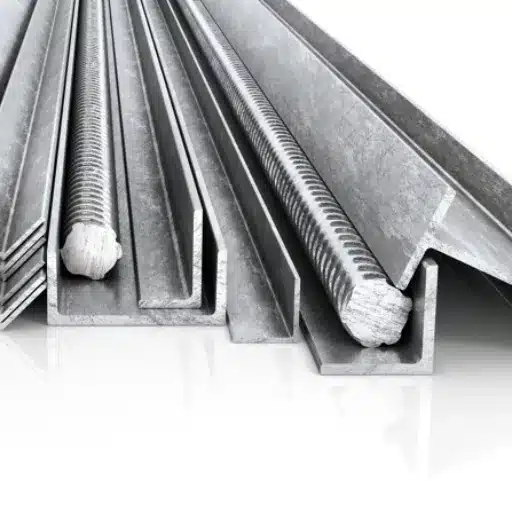
From the point of view of analyzing the stainless steel hardness chart, attention is focused on how various grades relate to different mechanical properties. Once I study this chart, I can jump in and easily say that a certain grade will have the hardness or tensile strength required for the actual application, so the material can withstand the demand of the intended use.
The stainless steel hardness chart is one of the most important tools used to find the right material for certain applications. Hardness is dependent on scale in use: Brinell (HB), Rockwell (HR), or Vickers (HV), etc. These tell us how well a material can resist being deformed or palpable wear and surface abrasion against another material. Thus, when stainless steels are advised for heavy applications, hardness values should be considered to know if the materials are hard enough and if their performance is inhibited by the stresses placed on them.
Hardness Examples by Grade:
- Type 304 Stainless Steel: Usually has a Rockwell B hardness ranging between 70 and 96 (depending on the exact treatment)
- Type 316 Stainless Steel: Hardens between 79 and 95 in Rockwell B because of its extra molybdenum content, which gives it more resistance to environmental factors
- 420 Martensitic Stainless Steel: If aged adequately, can reach Rockwell C hardness levels of 50-58 and are thus used for tooling and sharpened edges
Hardness Conversion: HRC, HRB and Brinell Methods
| Scale | Description | Typical Range |
|---|---|---|
| HRC (Rockwell C Scale) | Hard materials such as hardened steel and super duplex stainless steel usually use this method. The value of HRC is obtained by measuring the depth of penetration under a standard load with the use of a conical diamond indenter. | Super duplex stainless steel: 25-34 HRC |
| HRB (Rockwell B Scale) | The HRB scale serves for softer metals like aluminum and brass and likewise for some stainless steels in their annealed state. | Annealed 304 stainless steel: 70-90 HRB |
| Brinell Hardness (HB) | This scale measures the hardness by pressing the hard steel or carbide ball into the specimen under a fixed load. It is commonly used for stainless steel and covers a wider range in application than the other scales. | Duplex stainless steel: 200-260 HB |
Practical Uses of Stainless Steel by Hardness Level

Specific Applications for 304 and 316 Stainless Steel
Stainless Steel 304
304 stainless steel finds wide applications in general-purpose areas due to its superior corrosion resistance and reasonable price. The composition primarily includes 18% chromium and 8% nickel, thereby providing it with durability and corrosion resistance.
Key Industries: Food processing, kitchenware, and architectural designing mainly employ 304 stainless steel.
Common Applications: Utensils, cookware, dairy equipment, exhaust systems, heat exchangers, and storage tanks where moderate exposure to corrosive atmosphere is expected.
316 Stainless Steel (Marine Grade)
Also popularly called the “marine grade,” 316 stainless steel offers improved corrosion resistance, especially against chlorides and harsh chemical exposure due to the presence of molybdenum: generally about 2-3%, which increases its performance in highly corrosive environments.
Key Industries: Marine constructions, chemical processing, and medical device manufacturing extensively use 316 stainless steel.
Common Applications: Ship fittings, chemical tanks, surgical instruments, off-shore platforms and pipeline installations for coastal activities.
Reference Sources
-
SteelPro Group
- Title: “Explain the Hardness of Stainless Steel & Hardness Chart”
- URL: SteelPro Group
- Summary: This source explains the concept of stainless steel hardness, its measurement methods, and factors affecting hardness. It includes a detailed hardness chart for various stainless steel grades.
-
Alloy Materials
- Title: “Understanding Stainless Steel Hardness Chart: A Comprehensive Guide”
- URL: Alloy Materials
- Summary: This guide covers the importance of stainless steel hardness, testing methods, and factors influencing hardness. It also provides a comprehensive hardness chart and practical insights for different applications.
-
Huyett
- Title: “Steel Grading, Hardness, Yield Strength, and Alloys”
- URL: Huyett
- Summary: This resource discusses the properties of steel, including hardness, and provides a comparison of different steel grades. It includes a hardness chart and explains the significance of hardness in various applications.
Frequently Asked Questions (FAQs)
What is the standard hardness in stainless steel?
The standard hardness of stainless steel may vary according to product grade and composition. Generally, however, stainless steels would show a Rockwell hardness (HRC) somewhere around 15-30, with other grades such as 304 and 316 perhaps having different hardness values depending on their microstructure or the effect of their alloying elements like chromium and nickel.
Which is harder: 304 or 316 stainless steel?
Both stainless steels have fairly wide range acceptance and are similar in hardness. One should vaguely state that because of molybdenum in 316 stainless steel, it has a slight tendency to be harder than 304 stainless steel. It has enhanced corrosion resistance and hence better mechanical properties.
What are the factors that affect the hardness of stainless steel?
Hardness is essentially affected by several constituents: stainless steel grade, chemical composition, heat treatment, and work hardening. For instance, chromium and nickel chiefly determine the ultimate hardness and mechanical property of the material.
Can stainless steel be hardened by heat treatment?
Certain stainless steels can be hardened by heat treatment. One example would be the martensitic stainless steels such as 420 stainless steel, which can be hardened after heat treatment by quenching and tempering, thus substantially improving the hardness of the material compared to its softer condition.
How does hardness of stainless steel compare with carbon steel?
Stainless steel has traditionally lower hardness than high carbon steels. On the other hand, in certain grades, stainless steel is designed to be very hard, which allows for applications needing wear resistance and corrosion resistance that carbon steel cannot provide.

